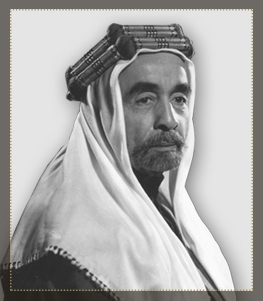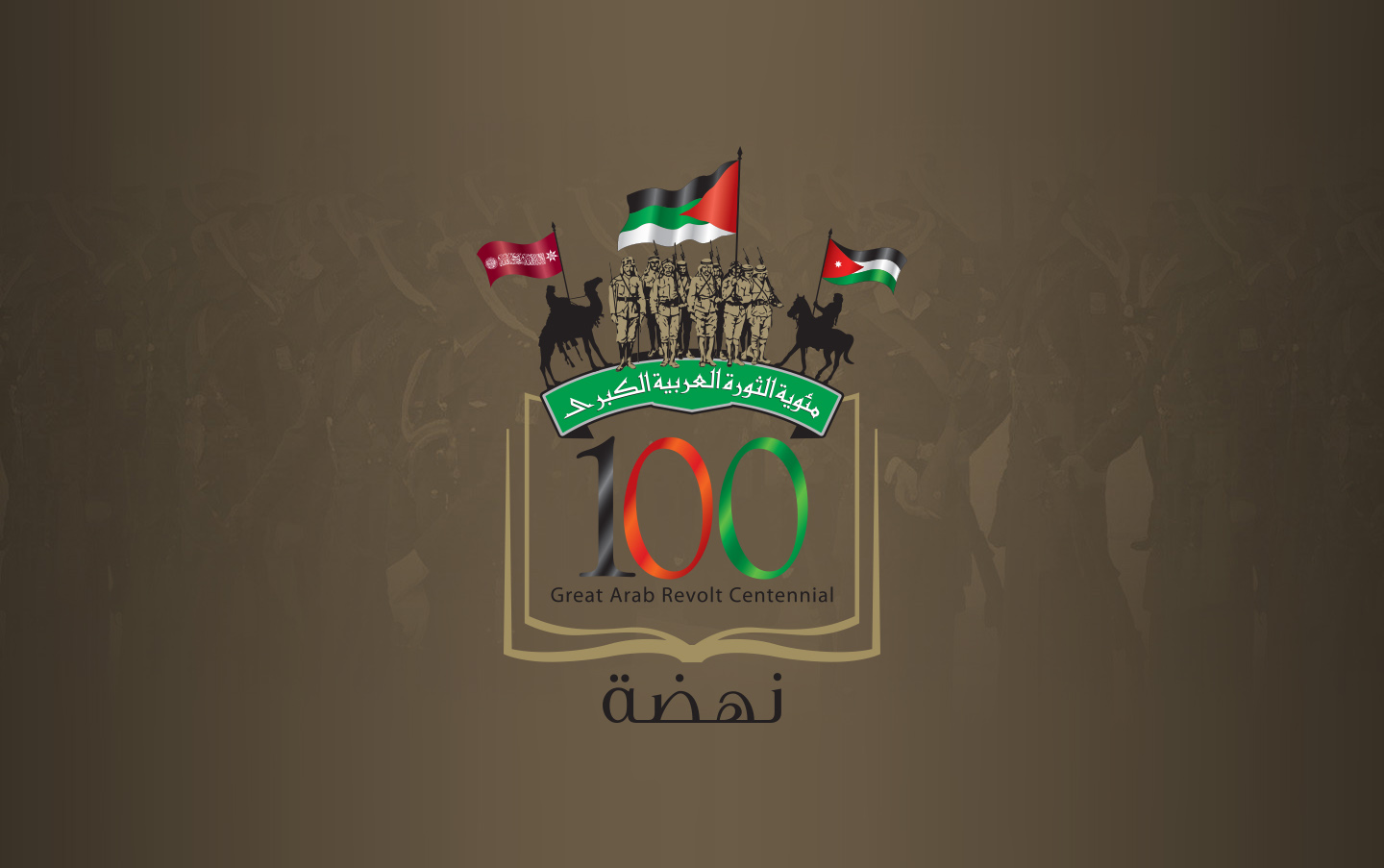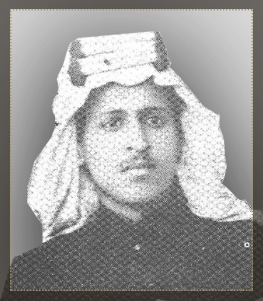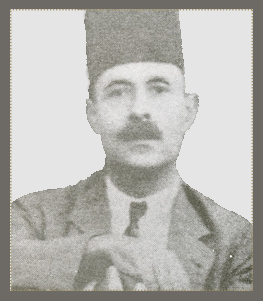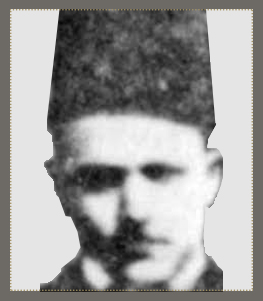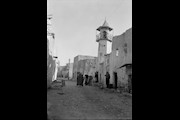
His Highness Prince Abdullah arrived in Maan leading his military force on 21 November 1920, and realised that it would be impossible to face the two superpowers at the time — France and Britain — with a small number of fighters and no heavy weapons, tanks or planes.
However, this did not deter the Prince from continuing to prepare and mobilise forces. He started by urging the people of Transjordan and its local governments to come together in his support. The move prompted France to see Prince Abdullah’s arrival in Transjordan as a threat to its presence in Syria, especially after the Prince said he came as a deputy to Prince Faisal to revive the Revolt that had died down in Houran.
The Prince thought of making Maan a temporary capital for the exiled government of Syria, and he invited the members of the Syrian National Congress to come to the city. He also sent Sharif Ali Al Harethi as his representative in Amman and set up headquarters at a Hijaz Railway station building in Maan that was constructed in 1904, calling it the “National Defence Headquarters,” according to Al Haq Yaalu Arab weekly, the first newspaper in Transjordan, which was edited by Mohammad Al Ansi and Abdullatif Shaker and published five issues, four of which were in Maan and one in Amman.
At the National Defence Headquarters, which later became the Founding King’s Palace, Prince Abdullah bin Al Hussein began taking political decisions on behalf of his brother Faisal, the legitimate king of Syria.
At the time, Winston Churchill, the British secretary of state for colonies, held the Cairo conference and put forward proposals on Jordan and Iraq to present to Princes Abdullah and Faisal.
After the conference, a negotiation process commenced to establish a political entity in Transjordan, in consultation with free Arabs and revolutionaries around the Prince, including Rashid Tlai and Ahmad Maryoud. The Prince agreed to establish a political entity. After Prince Abdullah received support in Maan, the leaders of Jordan asked him to head to Amman, where Sharif Harethi was present ahead of his arrival.
1921 Events between Amman and Baghdad
Establishment of Transjordan Emirate
Prince Abdullah bin Al Hussein left Maan for Amman; and by March 1921, the Emirate of Transjordan had been established.
After Prince Abdullah’s arrival in Amman, the British government sent Churchill, the colonies secretary, to meet him. An agreement was reached to form a constitutional government, announced on 11 April 1921and led by Rashid Tlai. Thus, the local governments were merged into one — that of the Emirate of Transjordan.
Faisal and Iraq
Despite the outcome of Maysaloun Battle, Iraqis refused to exchange one occupation for another; therefore, they waged the Revolution of the Twenties against the British occupation. The mandate government gave in, and a conference was held in Cairo, attended by then British Prime Minister Winston Churchill, to look into the issue of Iraq.
After UK forces were dealt major blows, the British government begrudgingly agreed to change its policies from a direct colonisation into a national administrative government working under the mandate.
A founding congress was held and tasked with establishing a national transitional Iraq government led by the head of Baghdad’s dignitaries, Abdul Rahman Al Naqib Keilani. The government’s duties involved proclaiming a King for Iraq and forming ministries and public departments.
The founding congress, which included Nuri Al Said Pasha, Rashid Ali Keilani Pasha, Jafar Al Askari, Yassin Al Hashemi and Abdul Wahab Nuaimi, proclaimed Prince Faisal as King of Iraq.
